Namibia part 1: up into the singing mountain
- Guy Mavor
- Aug 22
- 7 min read
Updated: Aug 23
I’ve been going on about Namibia to my family for ever. 23 years after my last visit, I can close my eyes and still picture the country’s exquisite golden light as it falls on dry grassland in the morning breeze. But the grass is deceptive: walk out into the landscape and you realise that it is more rock-strewn and barren than the side-on view suggests. And for the past few years there has been less vegetation, a drought affecting most of the country. All that changed this year. Late, impactful April rains turned the country green for a while and filled its dry riverbeds. The Swakop flowed all the way to the sea for two months. Grass came up everywhere, giving new life to a stressed food chain. We had to visit. We were too late to witness the verdant miracle, but there was tall, dry grass everywhere in July, and still patches of green.

I was worried that the country would be crowded now, with lodges and tourists in places I used to camp alone. A few miles out Windhoek I realise that I am an idiot: there is nothing but rolling bush., mostly acacias at this altitude, and hidden gullies in folds in the land. Apparently this is farmland, but we only see warthogs digging for roots beside the road, gangs of baboons scampering across rocks, the odd springbok. Sure, the country’s population has doubled this century, but that is still fewer than 3 million people in an area the size of the UK and France combined. It is empty, wild.
We stop by a Tropic of Capricorn sign to admire a sociable weaver next, a cacophony of small birds diving back and forth below the nest.
We are near the edge of the central highlands, before an escarpment down to the desert, and stop for coffee at a smart campsite/hiking lodge/e-bike rental shop catering to weekending Windhoekers wanting to explore the mountains or return visitors looking for something different. I am already certain that we will be back, and it is only our first day.

We carry on to the Spreetshoogte pass, possibly the most scenic of many spectacular passes down to the Namib and the coast beyond. Jaws drop, photos are taken, then we descend. The dirt road gives way to a block-paved section and the pass’s ‘interesting’ gradients. We take it slow, admiring the views. There is no traffic to hold up. At the bottom we pass an enormous billboard featuring a blonde woman in lederhosen carrying steins, which announces a pub/rest stop. The ‘wilderness’ spell is nearly broken, but soon after we see our first wildebeest, lying in a circle some distance from the road. It is another hour to our first stop, Büllsport, through a gap in the stark Naukluft mountains, which look less forbidding in that gorgeous late sunlight. Our first oryx comes in the form of a stew, for which we feel bad but not enough to stop eating. It is delicious (thanks, Marchella!). We turn in early, the corrugations on the last stretch of road having finished us off.

Up into the singing mountain
The dawn chorus is impressive at the 12-room, 4-campsite Büllsport lodge (and farm, although drought and mountain zebra enjoying the farm’s high pasture have done for most of the livestock in the last decade and tourism is its mainstay now: riding, hiking, astonishing nature and scenery, with excellent breakfasts and dinners) next to the Tsondab river, which flowed well this year. It is owner-hosted, although Ernst, erstwhile farmer and passionate hiker, who has spent decades opening up his vast farm’s trails, and Johanna, who runs the stud and riding, are away briefly. We are well looked-after anyway by Marchella and Helvi, among others. Lüder, the farm’s endearingly shy operations manager talks us through hiking options over breakfast. He looks like Bruce Chatwin, his eyes especially, although as a local German-speaking farmer he is rather more practical in his conversation. We talk about the difficulties of judging carrying capacity on a farm in this area, with its uncertain rainfall, and about which wild animals can be enclosed (almost none of them, it seems, if they really need to get out). His love for the landscape and all it contains shines through. We need to get out there.
We start with the Kudu trail, the shortest on the farm, which runs through the trees near the riverbed. We see and hear doves especially, but also plovers, weavers and little brown birds we are not qualified to identify. Flights of guinea fowl take off as we round corners. It is a gentle introduction to walking in this vast landscape. There are often antelope species along the dry beds, and baboons too apparently, but we don’t see any.
Midday is approaching, and in midwinter the temperatures are pleasant, so we decide on something more ambitious: a hike up Quiver Tree Gorge. It is similar to the Waterkloof or Olive day-hikes in the neighbouring Namib-Naukluft National Park (whose 8-day, 120km hike across the whole range is one of the most challenging in southern Africa). On the Büllsport equivalent, you can spend all day on a circular hike up a long ridge and down through the gorge, or half if you drive to the end of the trail and walk up and back down the same path. We choose the latter, driving up a valley track past camel thorns to a parking spot in the shade of a rock fig tree.
A couple coming down the trail tell us it is the better half, so that’s good to know, although we have missed out on the sweeping views across to the Namib. We’ll get these later in the trip.
What we do experience as we round the first corner into the narrow gorge is a sudden explosion of green. It is spectacular, unexpected. Red-beige-straw is Namibia’s winter colour palette, but here in the gorge it is positively lush, with Namaqua rock figs and combretums at the bottom.
Thick, green grasses are adorned with noisy, busy birdlife. Rock dassies scatter as we approach, heavy dragonflies buzz around us. Weaver nests hang from reeds either side of a stream still trickling down the gorge into wide pools which go silent as we approach. Wait, the birds are still chirping, so what is the noise which stopped - are those frogs? It is the last thing we expected on the edge of the desert, but as we peer into the pool, there they are – enormous tadpoles, some with legs already, swimming away towards the shelter of the reeds. Johanna later tells us that they are not a freak species, but that their metamorphosis is delayed due to a lack of certain nutrients, and that they do not grow much more as frogs. The noise must have been from their already-transformed brethren.
We move on for an hour, past mountain thorn acacias and wild olives. Up on the mountainsides are moringas, which look a bit like skinny baobabs (and have very nutritious leaves and fruit), improbably-placed fig trees with roots gripping onto or into cracks in enormous boulders, and candelabra euphorbias.
Around a few bends and past a deep pool under what would have been a waterfall a few months before, we get to the Quiver trees, which are not trees but aloes, their cracked yellow ‘bark’ also not in fact bark. We are near the top of the gorge and rather than climbing another hour out of it for the views, we stop for a picnic under a big wild fig tree. We are next to the last spring on this hike, the only people in this hidden Eden. In a while, we will head back down in a wonderstruck daze, sated. As it turns out, we may have picked the ideal spot. At the next waypoint, we read later on the detailed trail guide provided by the lodge and written by Ernst, we could have spotted Amanda, the gorge’s spitting cobra. 48 hours out of England, that would have been too much.
We do one more mini-hike, a sunset jaunt along a low ridge opposite the farm alongside the mountains - part of the zebra trail, although no zebra are seen - and we are knackered. We have walked off the 3 flights and drive here, and then some, and are properly hungry. Luckily, dinner is both delicious and plentiful, hiker-friendly.

Two days here is not enough is a line which will be repeated several times during this trip, but it is especially true here. You could easily spend a week in these mountains, using Bullsport as a base for exploring the Namib, that is to say, going to Sossusvlei and climbing a large dune, which is what most visitors do unless they are booked into a lodge with its own reserve, as we have. But it is time to go: having eaten oryx, it is time to go looking for them. First, though, we have a vineyard to visit. No, really.
Neuras, just over the Tsondab /Tsauchab watershed (the first flows north and west to lose itself in the Namib, the second due west to a similar fate at Sossusvlei) is the most improbable vineyard I have ever been to, although its irrigation is not so different from that of the big Malbec vineyards in low-rainfall Mendoza, that is to say: careful and sparing. The water comes from a spring, now surrounded by a giant stand of bamboos which mitigates evaporation, rather than snowmelt (it did snow once in these mountains, as photos at Bullsport attest), but the irrigation channels are similar. The vines sit under netting, however. Heat and sun-hungry Syrah can only cope with so much of each, and it also keeps birds and baboons off. The vineyard is run by the Naankuse (or N/a’an ku sê, to be precise) foundation and is also a nature reserve. It offers various wine tastings, accommodation and lunch. We do the latter, and buy a bottle to take home. Tasting notes to follow - At 14.5% alcohol, I predict ‘robust’, but I look forward to it. For now, we have a bit more driving to do.




























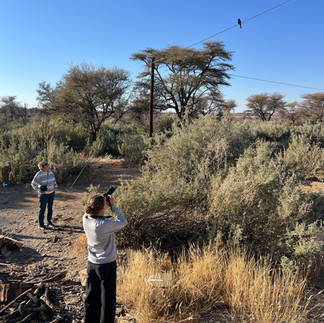





































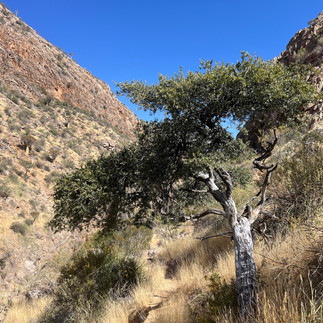






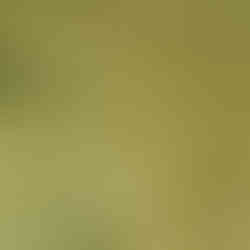





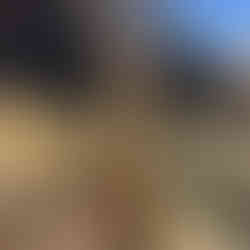

















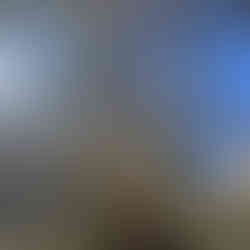





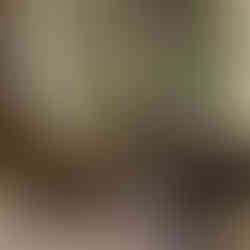



















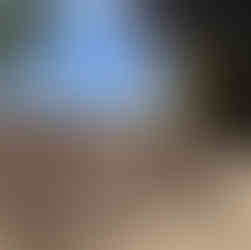

















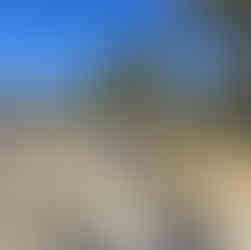



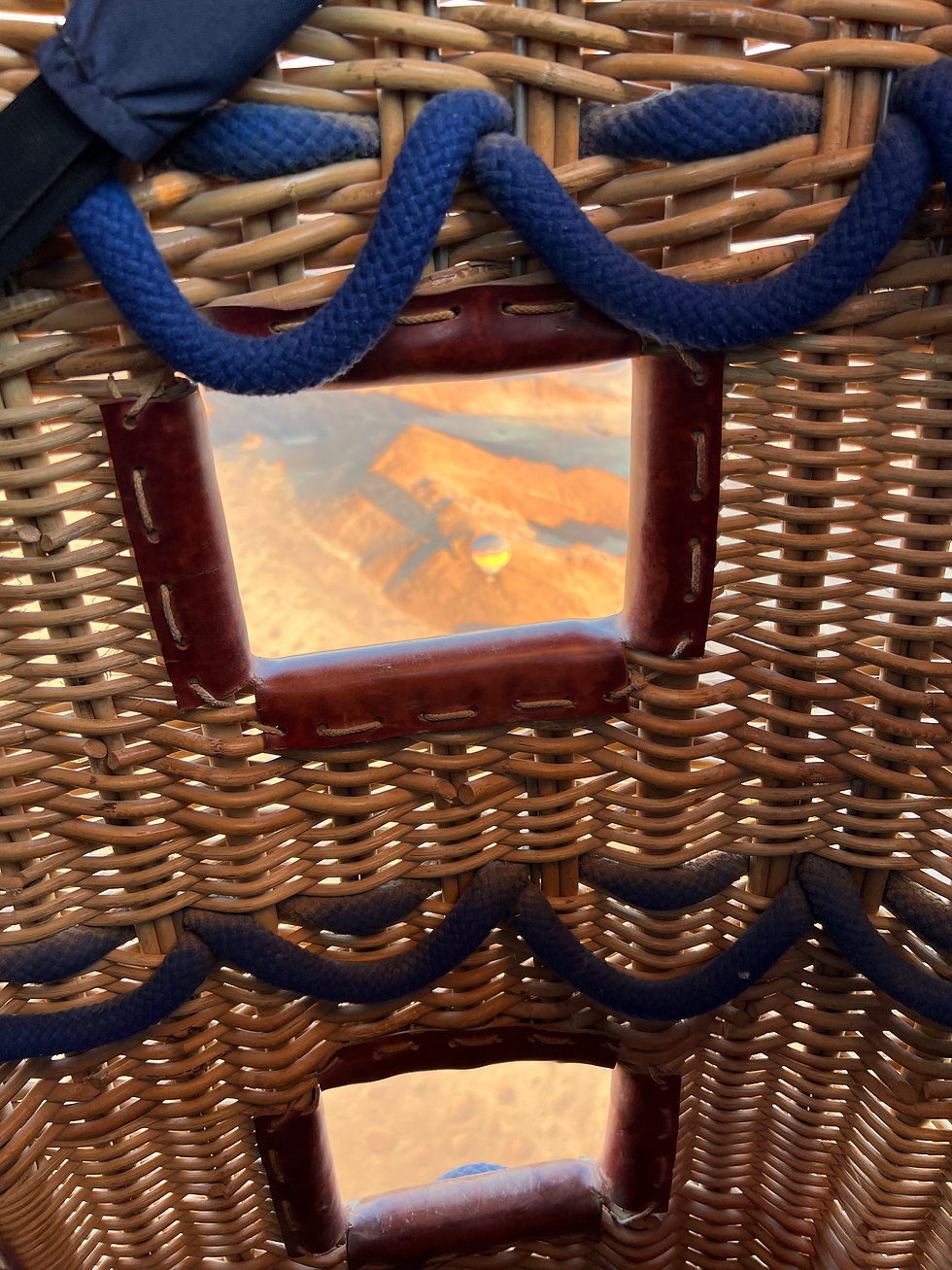

Comments